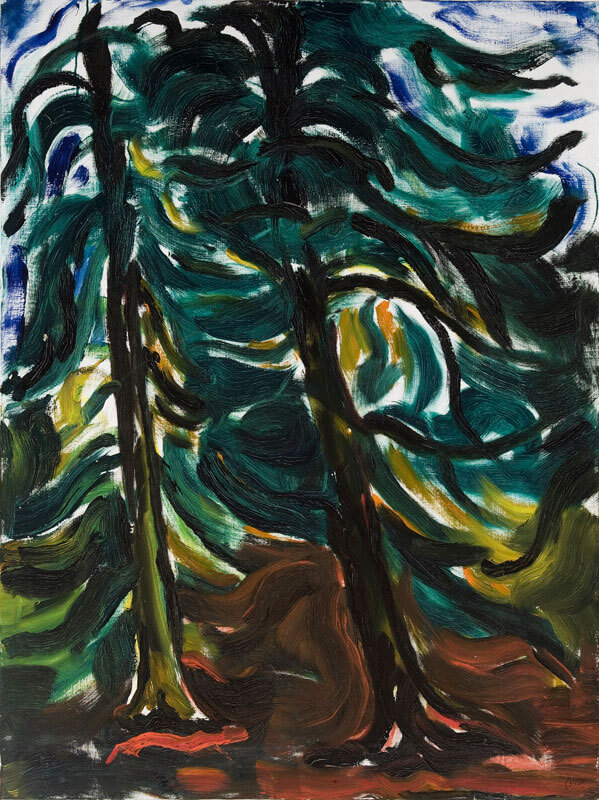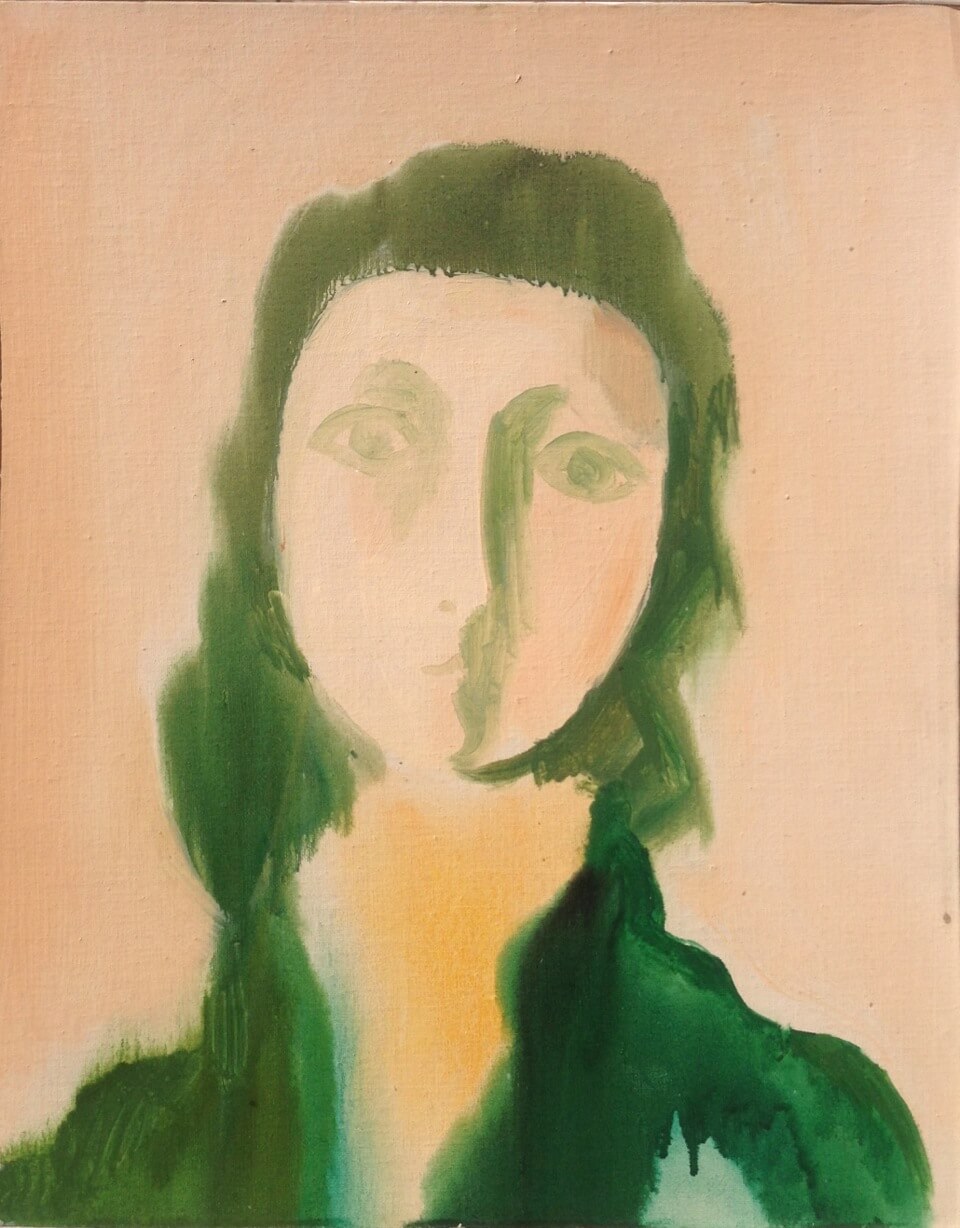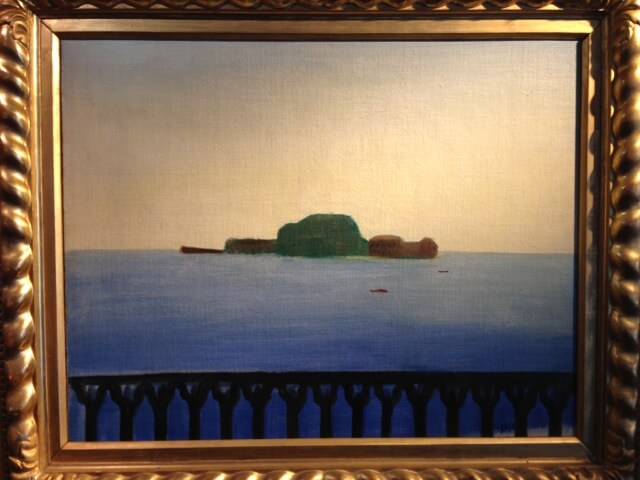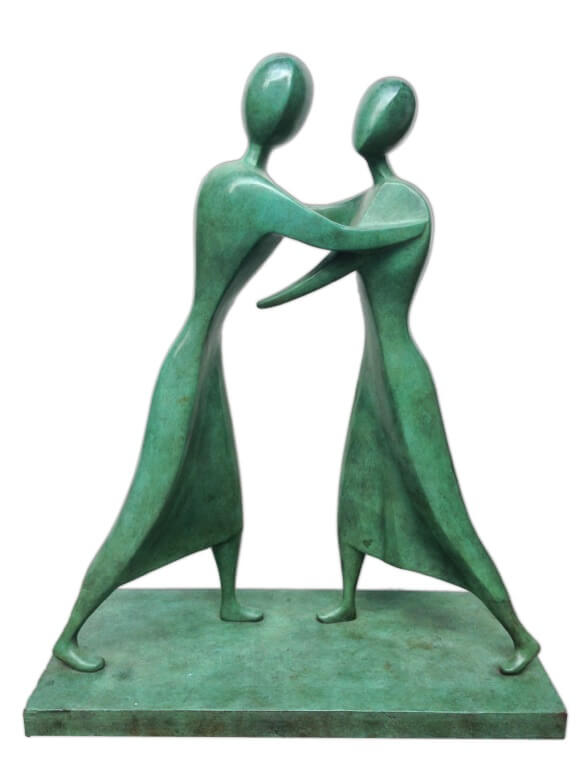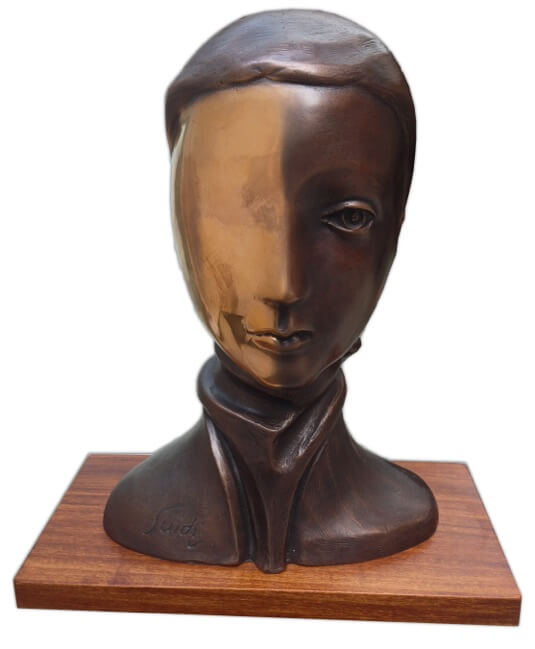Virgilio Guidi was born in Rome in 1891. A multifaceted artist, he combined pictorial art with poetry and non-fiction. Guidi’s painting became the synthesis between light and space. Landscape representations and traits of human figures adapt and reinvent themselves, according to the stylistic canons of the time, taking on emotion and rational vision. Sensitive interpreter of his time, Guidi presented himself as a shrewd observer of nature and the changes that were taking place. His work developed according to a personal interpretation of light. Light sources define or barely sketch volumes and spaces, to become a fundamental value in the artist’s creations.

Guidi’s painting went through thematic-compositional cycles, from abstract marinas to cosmic architecture, depending on the suggestions captured by the artist during his travels, from his contact with nature and from Venice. After studying at the Technical Institute of Rome – which he left in 1908 – and an apprenticeship at the workshop of the Roman restorer and decorator Giovanni Capranesi, in 1911 he enrolled in the Academy of Fine Arts and he began a few years later his exhibitional activity.
Guidi’s painting went through thematic-compositional cycles, from abstract marinas to cosmic architecture, depending on the suggestions captured by the artist during his travels, from his contact with nature and from Venice. After studying at the Technical Institute of Rome – which he left in 1908 – and an apprenticeship at the workshop of the Roman restorer and decorator Giovanni Capranesi, in 1911 he enrolled in the Academy of Fine Arts and he began a few years later his exhibitional activity.
Despite being forced by family economic needs to work as a draughtsman at the Civil Engineer in Rome, he continued to cultivate his passion for painting. In 1922 he exhibited at the XIII Venice Biennale and came into contact with Giorgio De Chirico, Giuseppe Ungaretti and Roberto Longhi.
At the XIV Venice Biennale in 1924, he achieved international success with his Tram and the Grand Duchy of Luxembourg asked to buy his work. Guidi refused, preferring that the work remained in Italy; it is now preserved at the Gallery of Modern Art in Rome. In 1927 he was called to teach at the Academy of Fine Arts in Venice. His hostility towards the Venetian environment forced him to continue teaching in Bologna, the city where he moved in 1935. The following year, on the occasion of his solo exhibition at the Galleria Il Milione in Milan, he met Alfonso Gatto who took care of the preface of his first monograph (Virgilio Guidi, 1947, Hoepli). During the war years he devoted himself to poetic writing, even if the first texts were published only starting from 1959. In 1950 he took part in the movement of the spatialists of Lucio Fontana. The pictorial and poetic activity went hand in hand. Volumes of poetry appeared, illustrated by the artist himself.
An internationally recognized artist, he intensified his exhibitions and his participation in the Venice Biennale became customary, and in 1940 he was given an entire room.
In 1961 he received a medal for culture from the Presidency of the Italian Republic.
Virgilio Guidi died in 1984, at the age of ninety-three, still in full artistic activity.
Painting
Other works of art available on request.
